|
Still working through my back log! The gaming numbers for March 2022 are slightly lower than February. Total games: 40 Different games: 28 First plays: 6 Tuesday 1st at The Sovereigns with the Woking Gaming Club.
Tiny Epic Galaxies - 5 Thursday 3rd round Simon's. Lost Ruins of Arnak - 2 Friday 4th at Farnborough. Team3 - First Play! Codenames - 4 Sunday 6th on Board Game Arena. Loco Momo - 3 Codex Naturalis - 19 King of Tokyo - 7 Can't Stop - 10 Love Letter - 56 Tuesday 8th at The Sovereigns with the Woking Gaming Club. Wayfinders - 3 Wednesday 9th round Simon's. Paleo - 3 Thursday 10th on Board Game Arena. Loco Momo - 4 Via Magical - 9 Railroad Ink - 20 Lucky Numbers - 18 Can't Stop - 11 Sunday 13th on Board Game Arena. Stella - Dixit Universe - First Play! Forbidden Island - 12 Happy City - 9 Railroad Ink - 21 Lucky Numbers - 12 Tuesday 15th at The Sovereigns with the Woking Gaming Club. Four Gardens - First Play! Regicide - First Play! Wednesday 16th on Board Game Arena. Stella - Dixit Universe - 2 Cloud City - 10 Can't Stop - 12 Lucky Numbers - 13 Sunday 20th on Board Game Arena. Hanabi - First Play! Parks - 7 Can't Stop - 13 Lucky Numbers - 14 Tuesday 22nd at The Sovereigns with the Woking Gaming Club. Apollo - 2 Deep Sea Adventure - 4 Wednesday 23rd round Simon's. Western Legends - First Play! Sunday 27th on Board Game Arena. Carcassonne - 6 Loco Momo - 5 Stella - Dixit Universe - 3 Lucky Numbers - 15 Tuesday 29th at The Sovereigns with the Woking Gaming Club. Tiny Epic Defenders - 2 Jump Drive - 6
0 Comments
23rd March 2022 It's a Wednesday night and we're round Simon's for an evening of gaming. 'You see, in this world, there’s two kinds of people, my friend – those who write dodgy blogs about board games, and those who read dodgy blogs about board games. You read dodgy blogs about board games!' Western Legends is a western themed open-world sandbox board game where players are free to pursue several differing roads to success. What's in a game?
The quality of the components in Western Legends is high, the cards, boards and tokens are all well made, the dice are plastic but nicely rounded and finished in a cool looking black and gold colour scheme. I like the gold nuggets and always appreciate the usage of wooden components. The plastic miniatures are unpainted but have a reasonable amount of detail. While essentially unnecessary, the general store tray is eye-catching and looks great on the table. The use of art is solid throughout the game and fits the western theme very well, illustrations feature on all the cards and are high quality, the character card portraits are the standout here. The board also looks good, with its map-like artwork. All-in-all well presented. Quite a few icons are used in Western Legends, most of it is clear and easily comprehended. Players will probably end up referring to the rulebook on several occasions, however, it's likely that this will be as much to get a handle on rules as to decipher the game's iconography. How's it play? Setup
On to play Before discussing how a turn plays out, some rules needed to be explained.
Actions Beginning with the first player and progressing to the left, each player takes their turn. The bulk of active player's turn will consist of 3 actions, which can be taken in any order or multiple times. Most of the actions a player can take will be contextual to their location or proximity to other players or NPCs. The turn order is a follows:
There a large number of contextual actions available in Western Legends obviously depending on the situation.
If the active player is on a space with an icon, they may trigger that action. There several types of location and some have multiple options.
When the active player has finished their 3 actions, the following events occur.
Endgame Play continues until someone reaches 15/20/25 Legendary Points (As decided by players for a short/average/long game.) which triggers the game end and all players get one final turn. After this players tot up their final VP total (Legendary Points.) which comes from various sources.
Points are tallied, highest score wins. Overall
It might seem from this fairly lengthy write up that Western Legends is complex but this isn't the case. There are lots of options and choices in this open world game that players can take but the implementation of this through the rules is actually quite straightforward. Western Legends has enough flexibility to give players interesting choices to follow and provide a varied experience but doesn't bog them down with too many rules. This wide variety of choices provides players with several differing approaches to accumulating VPs and one of the interesting aspects is how these elements interact with each other and nudge players into also doing so. For example: Prospecting can be a good way to go, mining and selling gold nuggets earns both VPs and cash (Which can be spent for even more VPs!), provided that the player can get to the bank. Outlaws will want to steal that gold for themselves (Or engage in other dastardly behaviour.), which in turn increases their wanted rating. For bandits, this is a good thing, because their wanted rating has the ongoing effect of constantly increasing their VPs. Consequently, it means that players on the marshal track will be motivated to hunt down and arrest outlaws to prevent this occurring. Players will want to watch what others are doing and if necessary, adjust strategies to respond to other player actions. Having said that, the open nature of the game means that players could also simply avoid each other and it becomes a race to get to the Legendary Point threshold. These differing playstyles means it's hard to describe what a typical game would be like to play because there really isn't a typical game. Western Legends is also a bit of a RPG-adjacent game but handles those elements fairly simply. There are no experience points or levelling-up here, but purchasing item cards serves the purpose of increasing characters' abilities and thus money is a bit of a stand-in for experience points. Additionally; from story cards and character objectives to tales that arise from emergent game play, the game is full of appropriate narrative beats. As a result, the game's old-west theme feels strongly implemented. If I had a criticism, it's perhaps that the playtime feels a little long, however, I never felt like there was too long spent in downtime between turns. As far as sandbox games go, I definitely think that Western Legends is one of the better examples. The implementation of the western theme is fun and fits well. If sandbox game are what interests you and you like the old-west theme and presentation, it's worth a try. 20th March 2022 It's a Sunday and we're logged into Board Game Arena for an evening of fun. Hanabi is a cooperative game about lighting a series of larger and larger firework displays. The catch is that everyone must rely on other players to give them clues to do so. Get it wrong though and the show could end early. Who thought fireworks could be so stressful, well... other than pets! What's in a game?
All the artwork on the cards are understandably themed after fireworks in their respective colours. For the most part it looks clear but I've found that in dimmer light, the colours can look a little weak. Hanabi makes minimal use of iconography, the cards are cleared numbered while icons are also used to designate different colours. 2 symbols are used on tokens. How's it play? Setup
On to play The objective in Hanabi is to create a stack of face-up cards for each colour by playing them in numeric order, starting with the 1 and finishing with the 5. All of this must be done without any player looking at their own cards. Players should hold their cards up with the backs facing them so that all others can see what cards they have. Players then provide clues to each other and use these clues to deduct which cards to play. Hanabi uses a standard turn structure with the active player taking a turn before play progresses to the left. The active player must perform one of the following actions.
Endgame Play continues until 1 of the following 3 criteria are met. Win: If the 5th card of all 5 stacks are correctly played, the players immediately win the game. They have achieved a perfect score of 25. Lose: If the 3rd and final storm token is flipped over, the players immediately lose, scoring a big fat 0! Deck depletion: If play progresses until the last card is drawn from the deck, all players get one more turn. After this, the game is scored and the players collectively gain a score equal to the value of the top card on each stack, thus the maximum score of a incomplete game is 24. Overall
One of the things I like about Hanabi is that it's a small, fairly easy to learn cooperative game that provides a solid challenge, it has a reasonably quick playing time and would work well as a filler game. What's interesting in my opinion are the mechanics for clues and also clue tokens as they are inextricably linked. The game does a good job of balancing the usefulness of clues with their scarcity. When giving clues, players will want and need to give clues as efficiently as possible, it takes 2 clues to clearly define what a card (Both colour & number.) is and this uses a quarter of the available clues which is a lot! Frequently that means a clue might need to have a implicit meaning attached. E.g.; the clue, "You have one green," might implicitly mean 'Play that green card!' Players receiving clues will need to interpret and deduct meaning from the information they have now been given, combining it with the information they see in other players' hands before deciding what to do. Sometimes they won't have all the information they want, sometimes they'll need to gamble on a decision. Flipping clue tokens back to their unused side can be vital to doing well, usually this will involve discarding cards and it also allows players to draw cards and put new options into play. Blindly discarding cards can be tricky though, if a 5 is discarded, there goes the chance to get a perfect score. - Not that getting a perfect score is easy, it's not! Consequently, it's sometimes a good idea to give players clues about what to get rid off. not keep. It should also be noted that like many cooperative games, luck can play a big role in Hanabi. If those lower value cards don't until later in the game, players will end up discarding higher value cards to get to them. Hanabi does have some minor drawbacks though. Having to constantly hold up cards so others can see them feels a like a little bit of a pain. The same is true of drawing new cards and remembering not to look at them. When a player is given clues about their cards, it can be a chore to remember not only what the clues are but also the location of those cards in their hand. Otherwise that can lead to some pretty devastating plays! Interestingly, the digital version of Hanabi remembers the clues for players. I also found Hanabi to be slightly frustrating, although this may be due to the behaviour of other players. It's definitely stressful watching another player not get the hint when they've given a clue. These are minor quibbles and Hanabi is a unusual and challenging cooperative game that forces players to think hard and logically, provides meaningful decisions and some solid fun: Some big gameplay delivered in a small package. Hanabi is definitely worth trying. 15th March 2022 It's another Tuesday evening with the Woking Gaming Club at The Sovereigns and we're playing Regicide Is Regicide a cooperative game about recruiting heroes from a local tavern to go fight epic battles and raid a castle against a series of bosses (Who happen to be regents!), or is it just a deck of cards? Turns out it's both. What's in a game?
Well... there's not much that can be said here. It's a game that can be played a deck of ordinary cards and that's what it look like. The official Regicide deck is nicely illustrated with some stylised and quirky fantasy themed artwork but it's still recognisability a standard deck of card. And the game's iconography, well they're clubs, diamonds, hearts and spades. You get the idea. How's it play? Setup
On to play In Regicide, players must coordinate actions in order to prevail, however, they cannot communicate with each other. During their turn, the active player uses one or more cards in their hand to attack the current enemy before then using more cards to resist the enemy's counterattack. Play then continues to the next turn and the player on the left.
Endgame Play progress until 1 of 2 conditions are met. If the players defeat the 12th and final enemy, then they collectively win. If at any time a player cannot discard enough cards to cover an enemy's attack, then the players collectively and immediately lose. Overall
On a basic level players are faced with 4 choices when attacking and how to use the 4 suits and their respective abilities when playing Regicide is vital. The advantages of each ability are contextual and players will need to learn recognise when to use which suit. Suffice to say, players will need to make use of all the suits appropriately. Of course it's not as simple as I'm making it sound. As with all cooperative games, luck plays an important part here and players will frequently find themselves lacking the cards they want, the immunity rule can also well and truly throw a spanner in the works too. This forces them to make tricky decisions or find other approaches to how they attack and or indeed manage defence. It should also be said that Regicide is a very hard game, very hard! I heard someone state that players can expect to win about 1 in 6 times but I feel this is an underestimation of the game's difficulty. We've played it numerous times and never won, we barely ever made it to the kings! Not only is the game hard off the bat, it just gets harder and harder! I would argue that the Regicide is too hard, which would be my one gripe with it. Although it's entirely possible that there's some strategy that we overlooked. Regicide has a fairly quick playtime which is in part due to it's brutal difficulty curve and could be a good filler game, although bear in mind that it definitely tests the grey matter. It's a fascinating game that condenses a fair chunk of cooperative gameplay into a deck of 54 cards and gets a lot out of it. The rules are as impressive as the game is ruthlessly hard. Regicide is a game worth trying if only to experience how such a game plays, just so long as you don't mind losing. 15th March 2022 We're with the Woking Gaming Club at The Sovereigns for some Tuesday evening entertainment. Four Gardens is a game about you guessed it... four gardens, it's also about spinning a pagoda! I'm not sure if Spinning Pagodas would be a better name or not? Why are players spinning a pagoda? Apparently, the pagoda contains some gods! Who... I guess... like... being spun? What's in a game?
The resource tokens felt like they were wooden and the wooden cubes were pretty standard wooden cube components, which is something I like. The tiles were standard quality card tile and fine, I thought having tiles with little hole to hold resource tokens was a pretty smart move. The card were also pretty standard quality from what I could tell. From the large, eye-catching and rotating pagoda to the tactile resource tokens shaped and coloured identically to their icons in the game; Four Gardens has excellent presentation. The backs of the cards which, when placed together form the panoramic views of the titular feature excellent, colourful and interesting art. Four Gardens features a fair amount of iconography, from the 4 scoring tracks and types of gardens to symbols for resources and different actions available on cards. For the most part, it's instantly understandable and there should be few problems with the iconography. How's it play? Setup
On to play As the name suggests, the objective is to create 4 garden panoramas using the backs of the cards. Four Gardens uses the traditional turn, with the active player acting with play then progressing to the player on the left. During their turn, the active must perform exactly 3 actions. Each action also requires the player to play or discard one of the cards in their hand. There are 4 actions that can be performed, these can be performed in any order the player sees fit. The actions are:
Endgame Depending on the player count, once 8-10 panorama cards have been constructed by any player, play goes into the endgame and the current round is completed. Players calculated VPs earned from the 4 scoring tracks and points they may have gotten from a bonus VP track. Points are tallied, highest score wins. Overall
I'll start by discussing the pagoda - the game's most obvious feature. Is it a gimmick mechanic? Maybe. Does it work well? Definitely. It's also quite a unique mechanic and not something I've seen anywhere else. When used in conjunction with the rule limiting how many resources can be collected on the planning tile, it forces players to really think about how they have to manipulate the pagoda to get the resources they need: It takes an action to empty a planning tile that's been filled unnecessarily and that's an action that could be used elsewhere. I think it's a set of mechanics that works very well. Talking about the pagoda does lead me to one gripe: Which is the rule where all players should sit around the pagoda at 90' angles. Players don't always have the right gaming space to accommodate this and while strictly speaking, it's not necessary as players can remember what side of the pagoda is meant to be facing them, it's inconvenient and finicky. The card-synergy, or more accurately score-synergy is a pretty clever rule, providing players a reason to work towards completing panoramas. The 4 scoring tracks seem a little unnecessary but in practice they work fine. This brings me to the knock-back mechanic. It feels a little harsh that, if a player gets their scoring marker knocked off the board, it can't come back into scoring. On the other hand if a player has reached maximum on a track and other players are lingering at the bottom, it's probably not a priority for those other players, so not that much of a loss. So yes, it feels a bit harsh but it's not game breaking. All of this means players will look to optimise the order in which they play cards to optimise how they increase their scores. Concentrating on increasing scores in 1 or 2 tracks can potentially knock-back other players. Conversely, working towards completing panoramas can earn bonuses which may prove useful elsewhere; sometimes you'll be able to do both but sometimes not and looking for opportunities to exploit these times is vital. The also makes use of a variation of the hand-as-currency mechanic, except here it's used to trigger actions and not to actually pay for something. Despite this difference, it places that same conundrum on players; which is how to choose which card to discard? Obviously, they'll be times when it has to be a card with the action they need but otherwise, it's another meaningful decision to make. In conclusion; Four Gardens is a fairly easy to learn set-collecting game that provides players with enough decisions to be engaging, fun and provides unusual resource gathering and scoring mechanics which makes it feel unique. I enjoyed it and think it's worth a try. 13th March 2022 It's a Sunday evening and we're logged into Board Game Arena for some gaming fun. As the title implies, Stella - Dixit Universe is a offshoot of the game Dixit and while it is different, it does share some elements with its predecessor, mostly notably having artwork on cards which share the same almost abstract, dreamlike quality. In fact in the physical version, both games share the same backings for these cards, meaning they're interchangeable between the two. Caveat: We've only played Stella - Dixit Universe digitally. What's in a game?
There's minimal art elsewhere. The game's iconography is also minimal to the point of being almost non-existent. How's it play? Setup
On to play Similar to its predecessor, Stella Dixit Universe is word association game, but here, the word is chosen by the game. 4 rounds are played during the game and each round has 3 phases. The first 2 phases are essentially performed simultaneously, with the 3rd phases occurring in turn order.
Endgame Once the 4th round has been completed, players should total their scores from across all 4 rounds. Points are tallied, highest score wins. Overall
Like it's earlier iterations, Stella - Dixit Universe can be a divisive game, its core mechanic is acutely subjective in nature and it can be a real love/hate thing! Certain types of gamers; those who enjoy the heavier, analytically and mathematically driven games may well be frustrated with a game about trying to guess what other players might think of a particular word. Social skills are important here, it's more about playing the player than playing the game, understanding how they think and what they'll pick. As with its predecessor, Stella - Dixit Universe uses a mechanism to score more VPs when making a slightly more obscure choice which can trigger a super-spark. I feel the game has the same quirk with the rule as well; players who know each other well will be at a advantage here. Other than trying to predict what other players will do, there's also a balance between how many associations to make with a word. Too few and players risk scoring less, while too many could end up costing points, generally it's prudent to err slightly on the cautious side and avoid being the player In The Dark. It obvious why the rule exists, it's to stop players haphazardly selecting too many words but it's still a little frustrating and also a bit of a finicky rule. That brings me to the one real bugbear I have with the game and that's the rule with Falling. If a player Falls, they immediately stop scoring, so if a player falls at their 1st reveal, they score nothing for that round - and worse, other players can still score off them! Conversely, if they fall with their last choice, the damage is minimised. I know that choices on the order to reveal cards are part of the game and cards which are seen as less risky should be selected fist and the rule offers a genuinely meaningful decision but even so, I found it immensely irritating. Although perhaps I'm not the best judge, I can be ambivalent with this type of game, it generally doesn't suit my style of play and and maybe I'm a bit too harsh. When I remember to adopt a particular mindset to playing it, there's definitely fun to be had. Stella - Dixit Universe plays with 6 and veers into party game territory, it's a light crossover game that's pretty easy to pick up and play and will allow non-gamers to get stuck in and enjoy themselves Treat it as a fun diversion more than a serious game and Stella - Dixit Universe is an enjoyable experience. 4th March 2022 It's a Friday and I'm in Farnborough with some workmates for some evening games. The first game of the night is essentially 3 Wise Monkeys: The Game, known as Team3, although I'm not certain any of us are particularly wise? What's in a game?
The blocks are made of sturdy colourfulplastic and feel very tactile, handling and playing them feels quite satisfying. Otherwise, the cards are pretty standard quality. The game's art is monochrome and only appears on the role cards. The 3 illustrations are slightly cartoony looking but also fairly good. Other than the images on the blueprint cards, there's no other iconography in the game. How's it play? Team3 can be played cooperatively as a team if 3 or competitively as 2 teams of 3. The 2 play styles are practically identical, the only real difference being how the blocks are allocated. For the purposes of this blog, I'm going to describe the competitive game and point out how the cooperative game is different. Setup
On to play Both teams play simultaneously and have the objective of putting together their blocks in the shape/configuration shown on the card which was drawn. However, there are some complications to this...
Endgame The team that reaches 6 points first, wins. Although this limit is fairly arbitrary and players can choose whatever score limit they want. Cooperative In the cooperative game, the team gets 3 minutes to complete a blueprint, if they take longer, they fail. 3 minutes might seem a lot, but the 2 and 3 star difficulties get much more complex. Overall
There's little strategy that can be adopted when playing Team3, that's not a criticism though, Team3 is sort of a hyped version of charades that's all about communication and interpretation between teammates. As with actual charades, players will probably very quickly adopt some standard gestures to represent certain things. It's also worth adding that the game comes in 2 versions Green and Pink, which can be combined to support up to 4 teams of 3 players. There's not much more to say about the Team3 really. It's a light party game that is easy to learn and will have a lot of crossover appeal, it's not something to be taken seriously. If you looking for deep gameplay, look elsewhere. With the right people though, Team3 can be a fun diversion or a good filler game. |
AuthorI play, I paint. Archives
March 2024
Categories
All
|

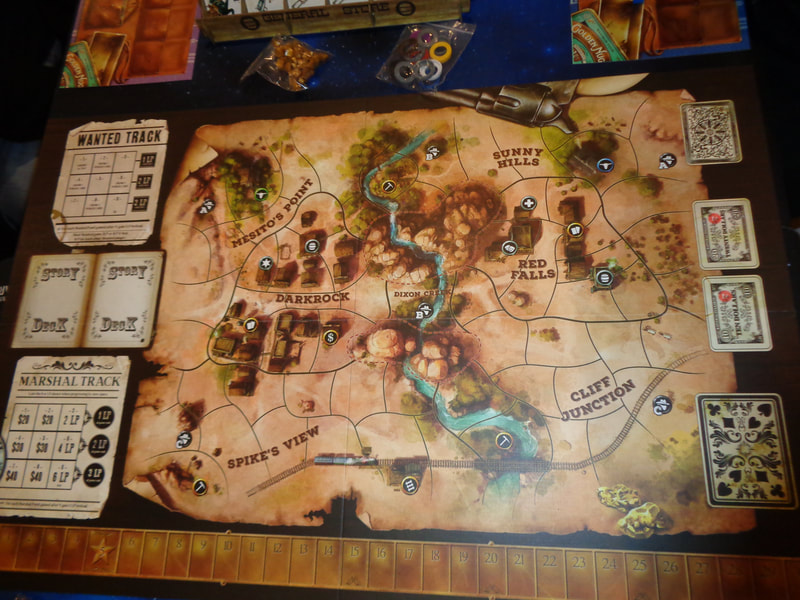
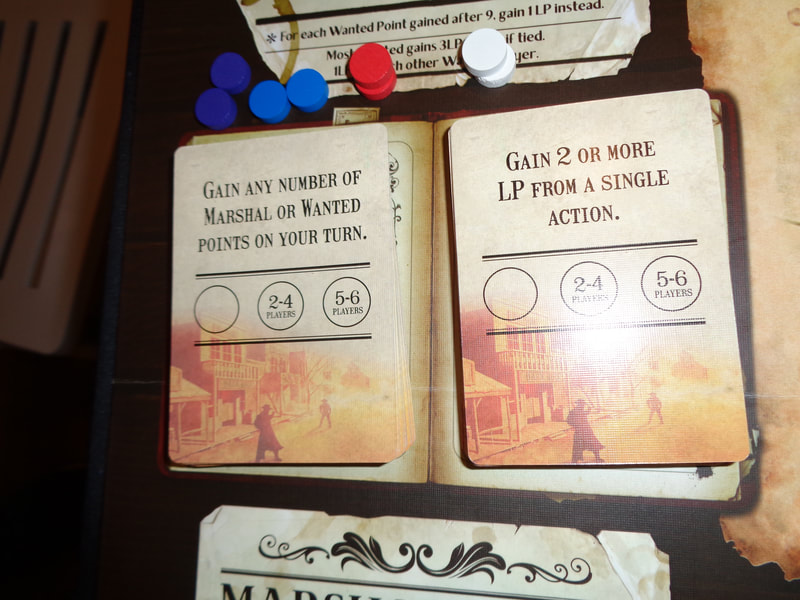
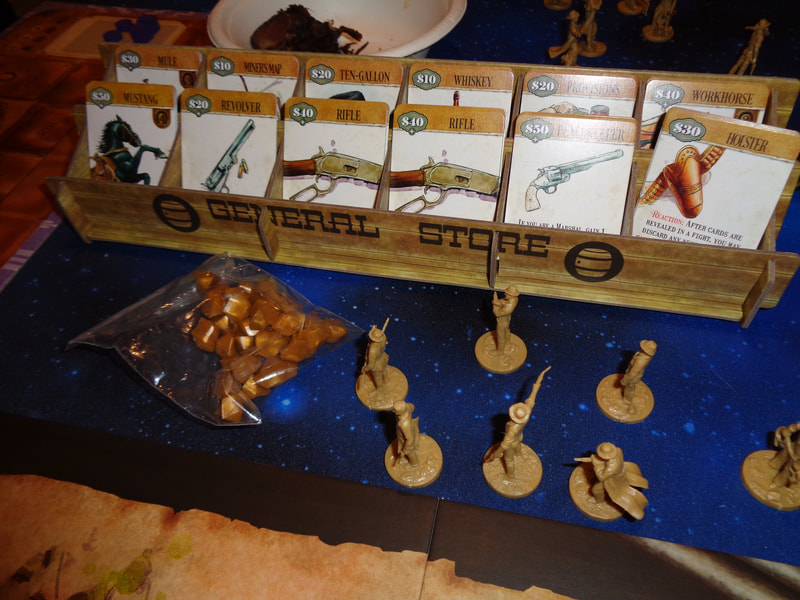
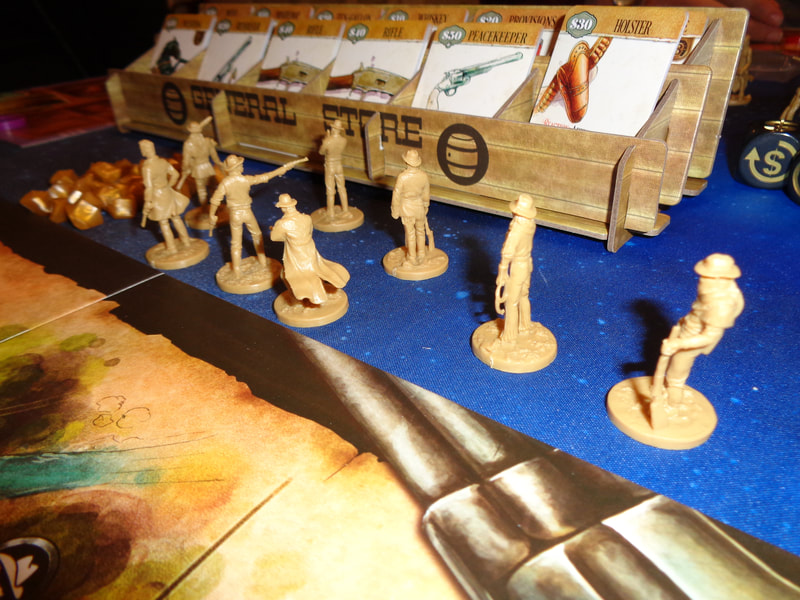
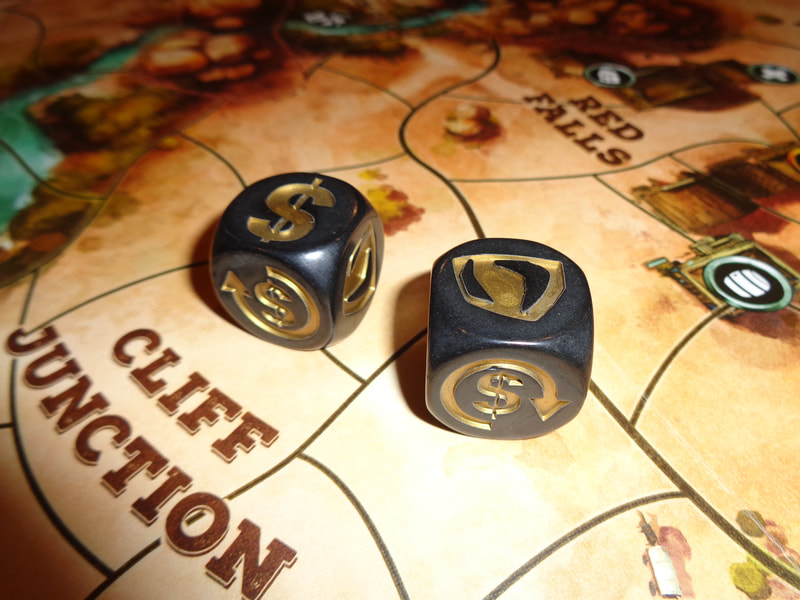
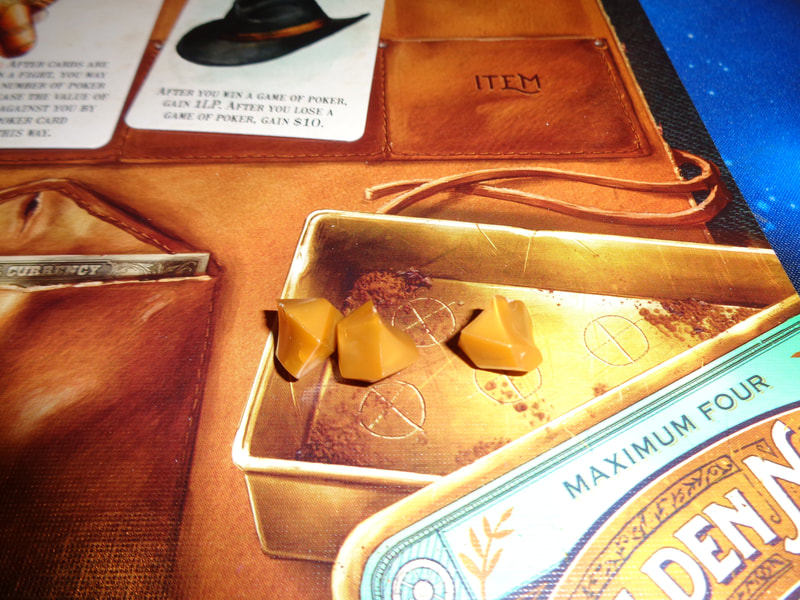
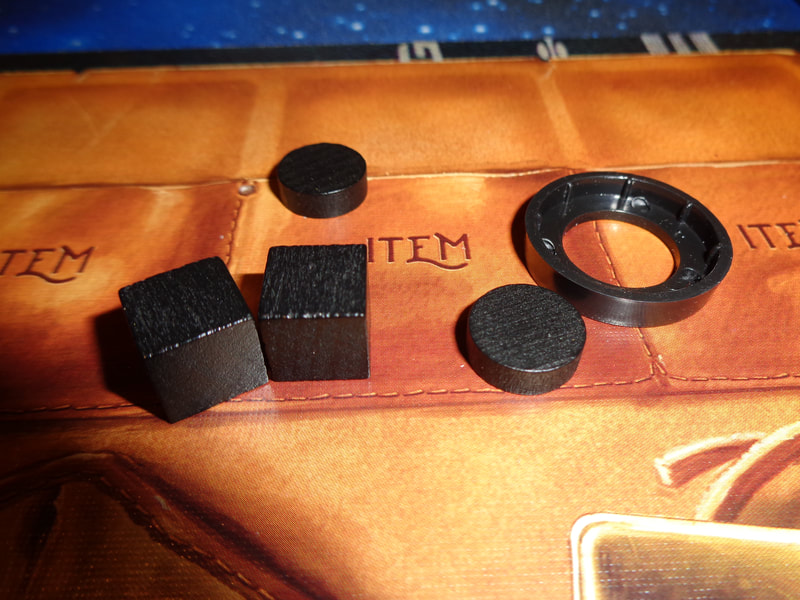
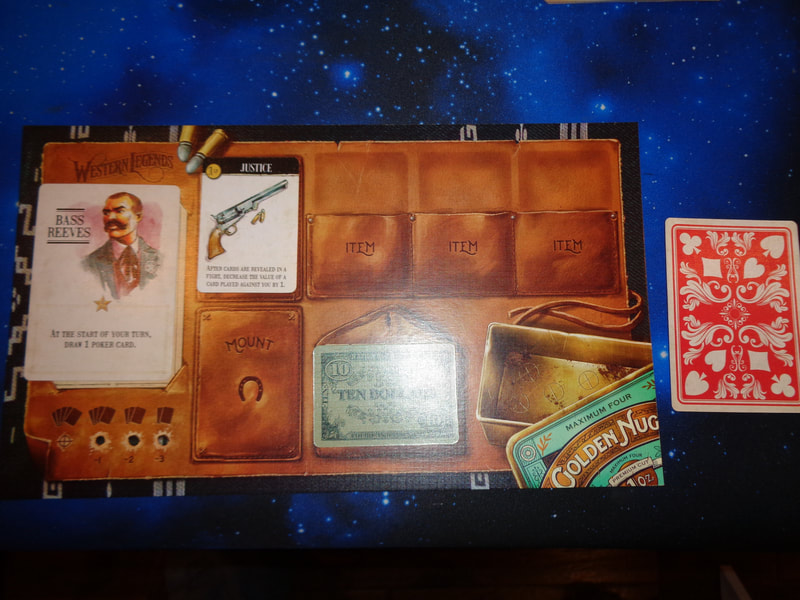

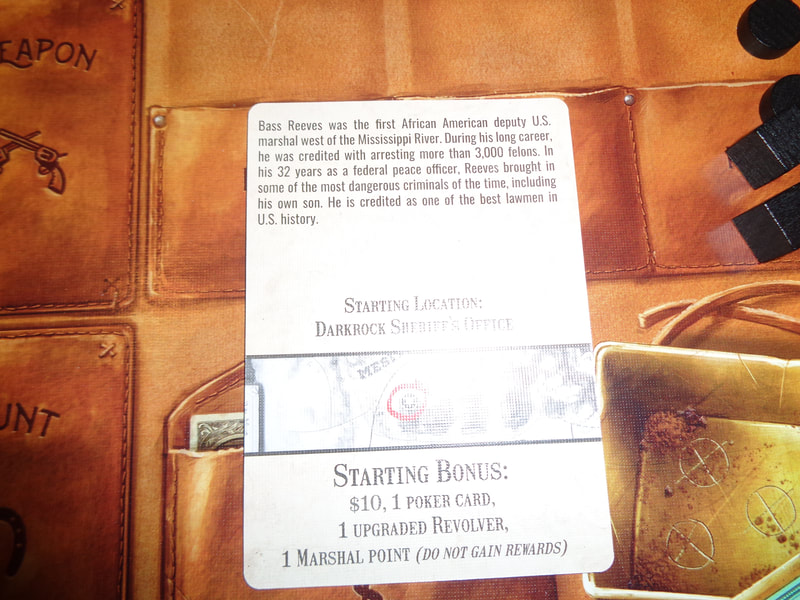
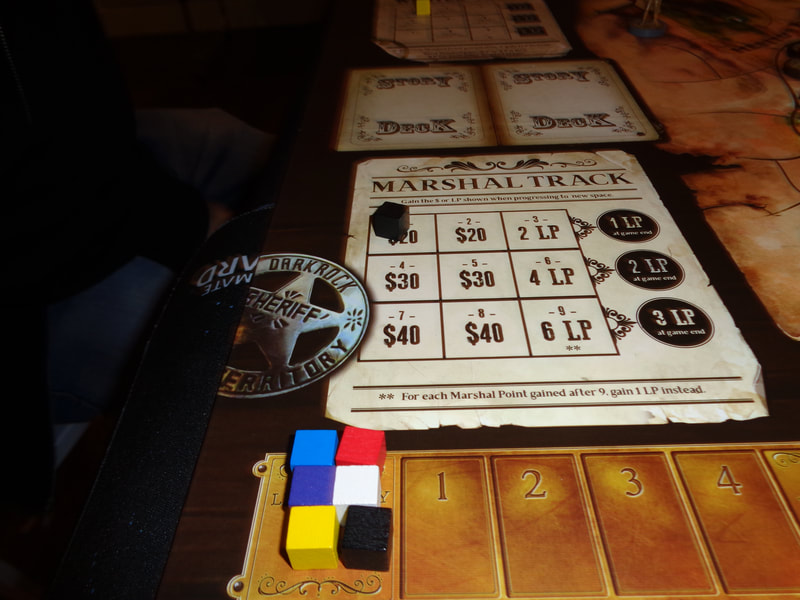
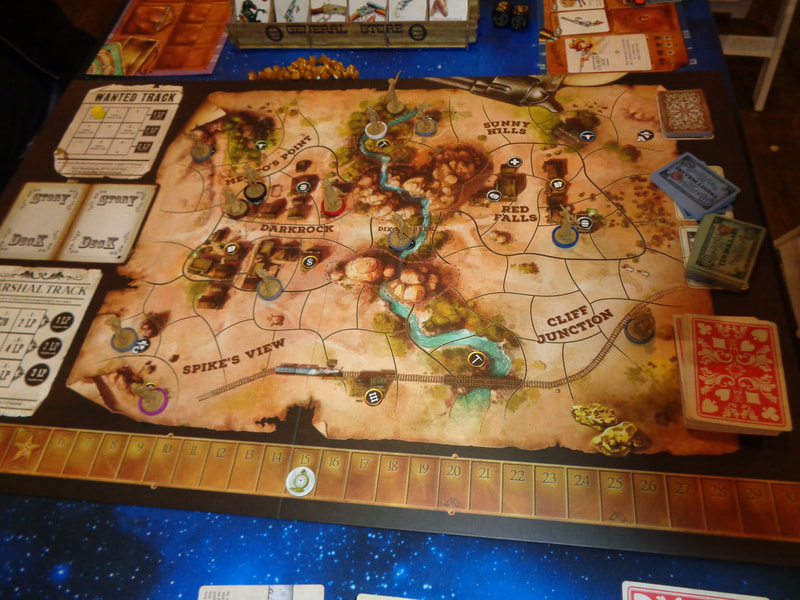
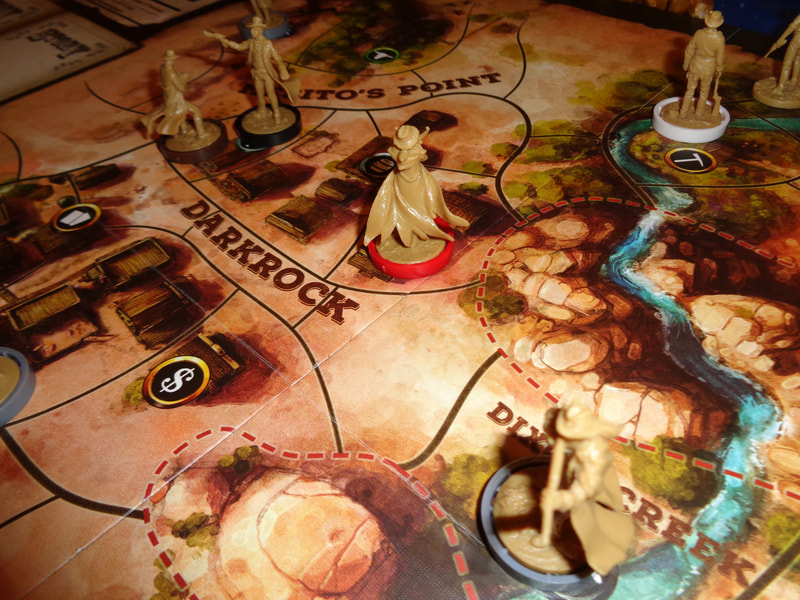

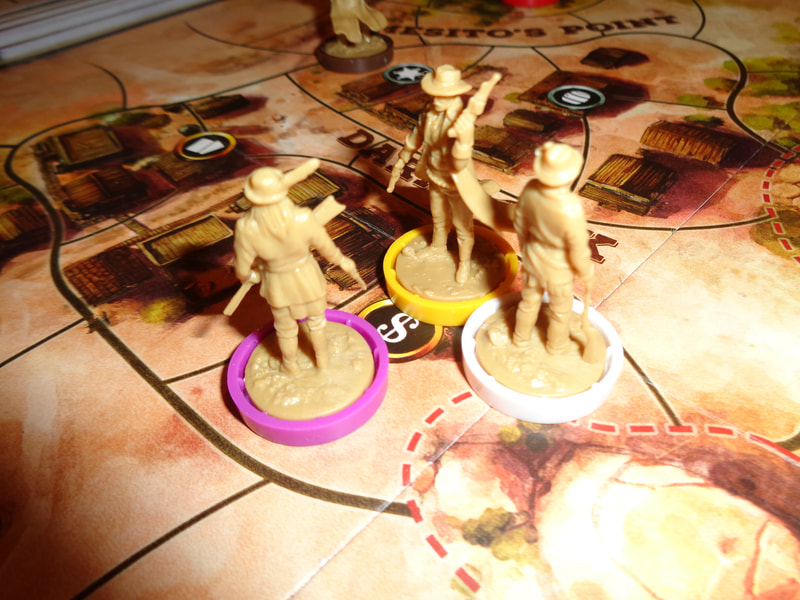
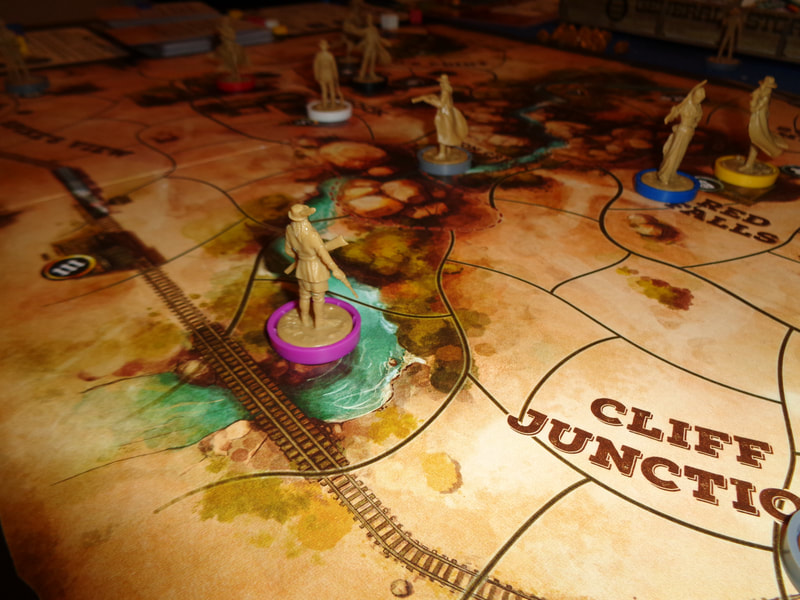
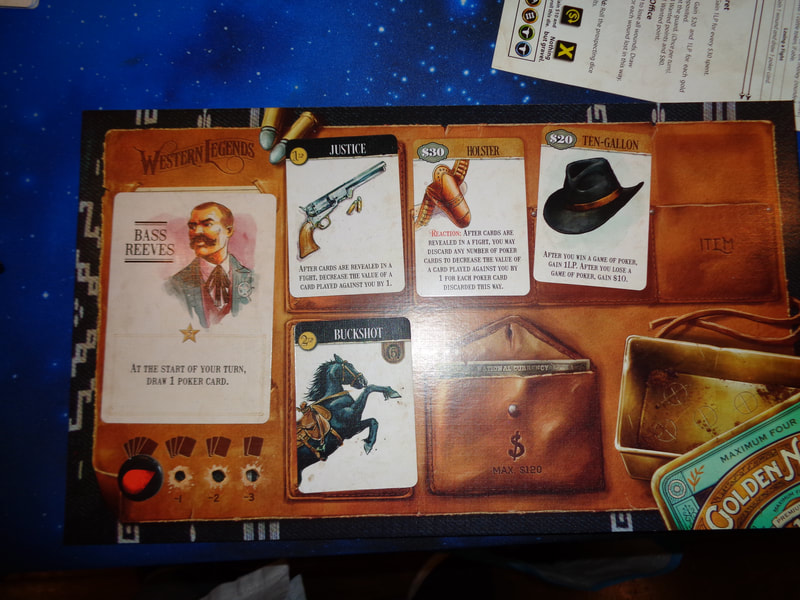
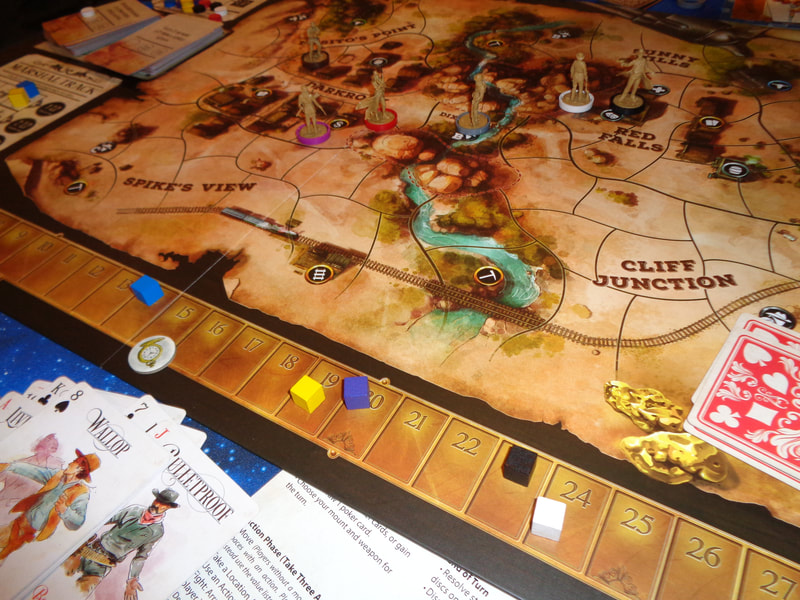
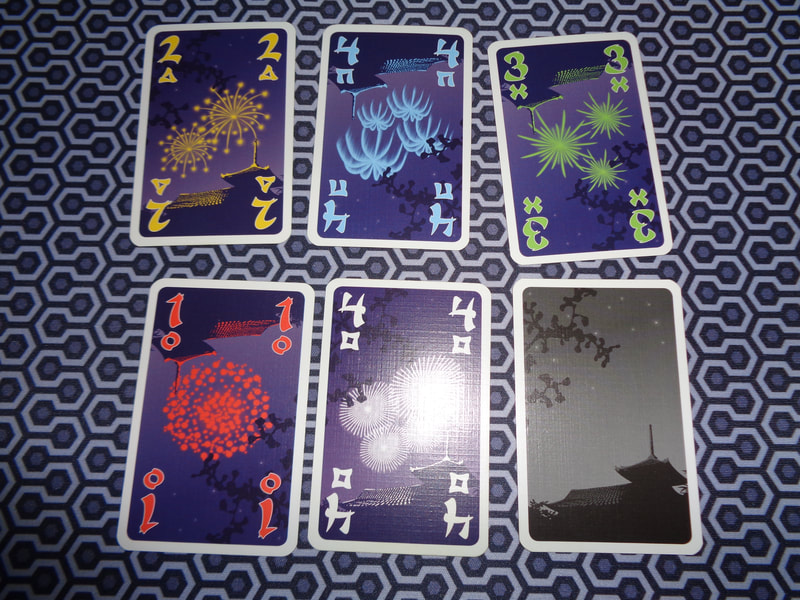

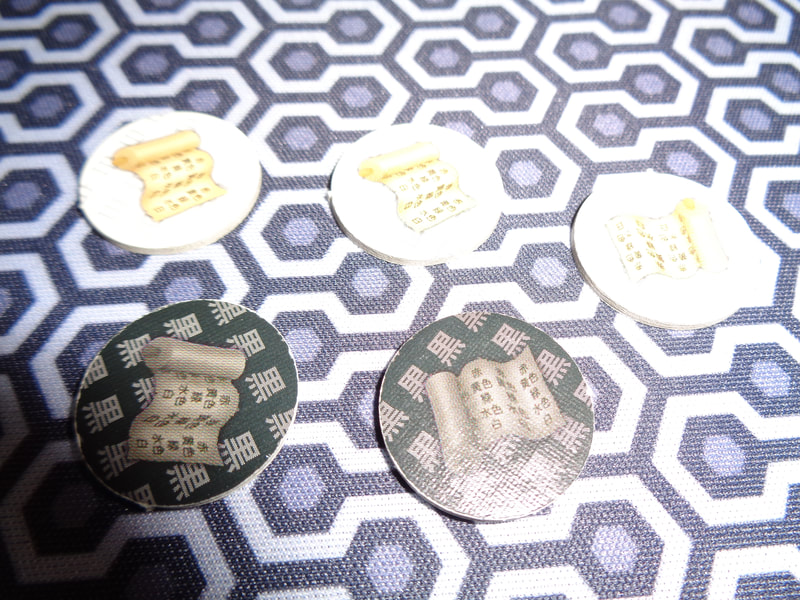
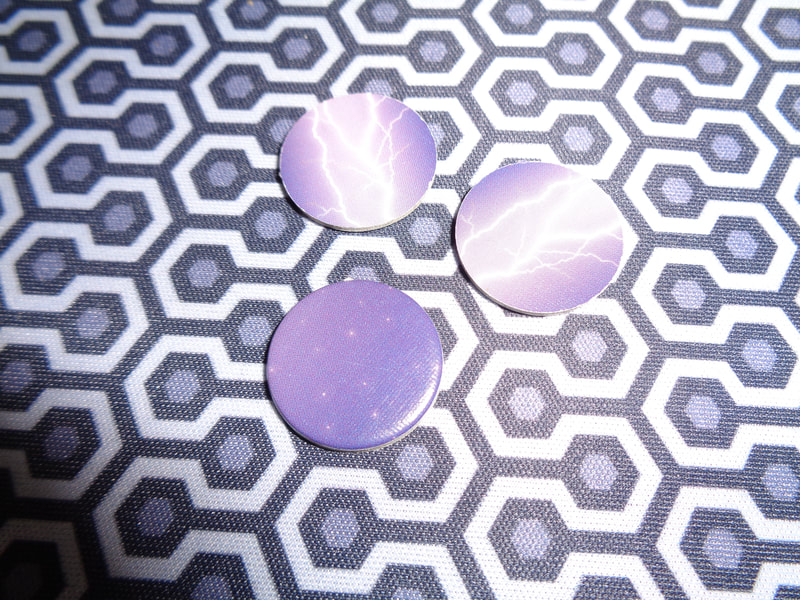
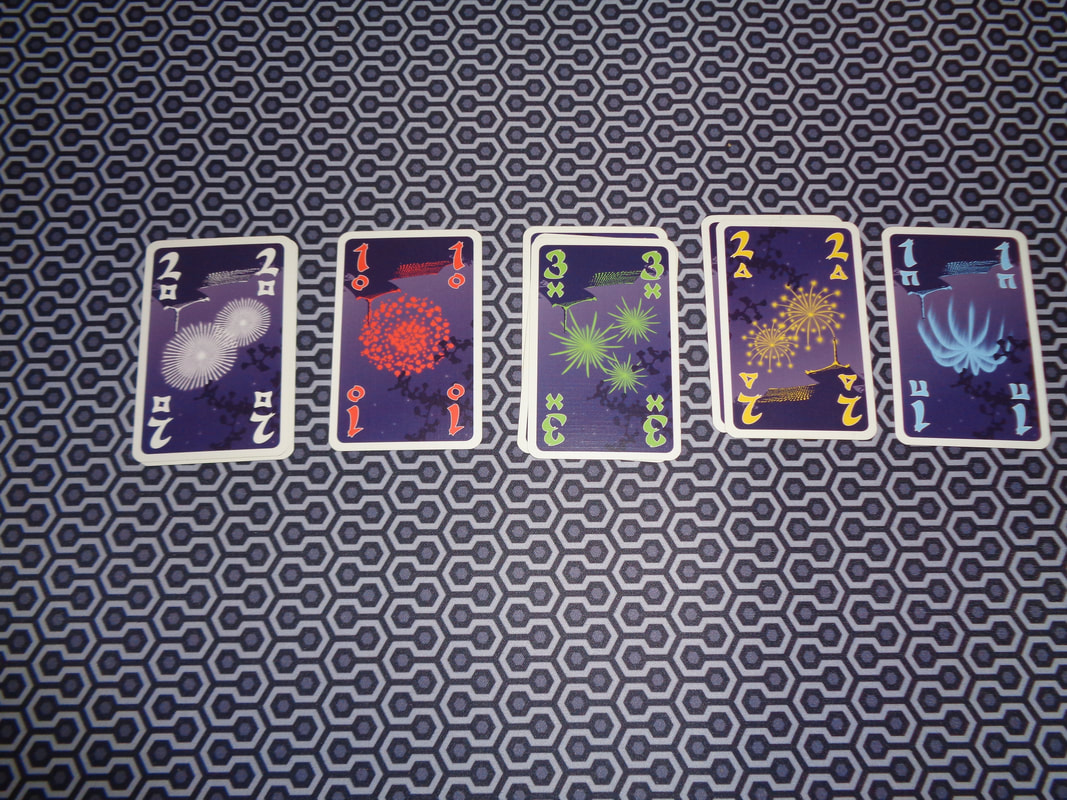

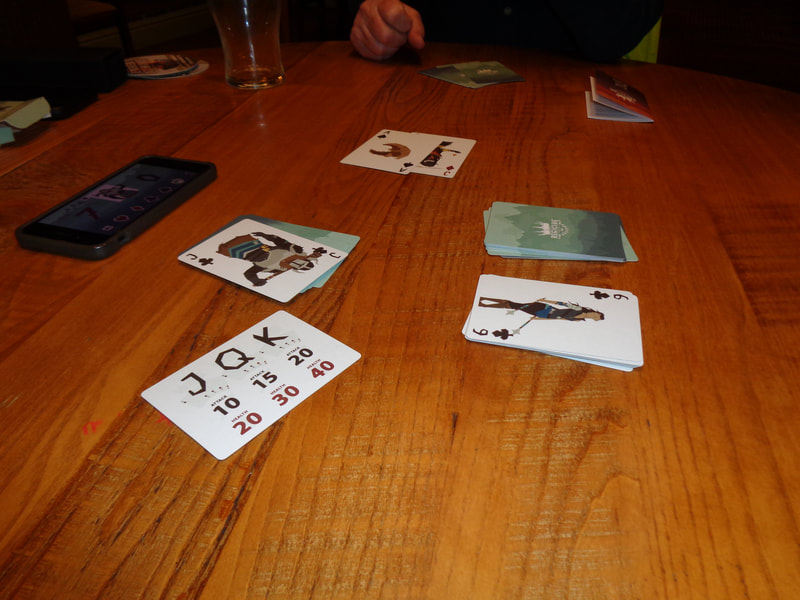
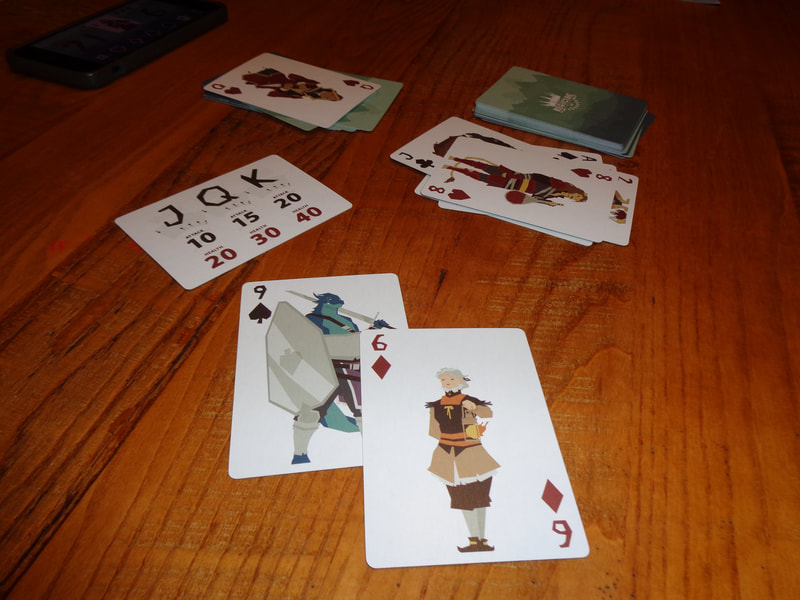
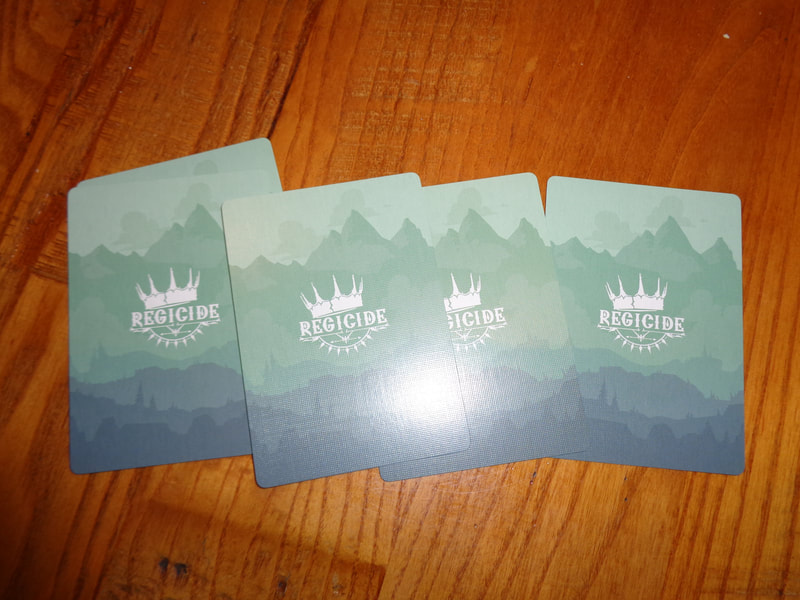
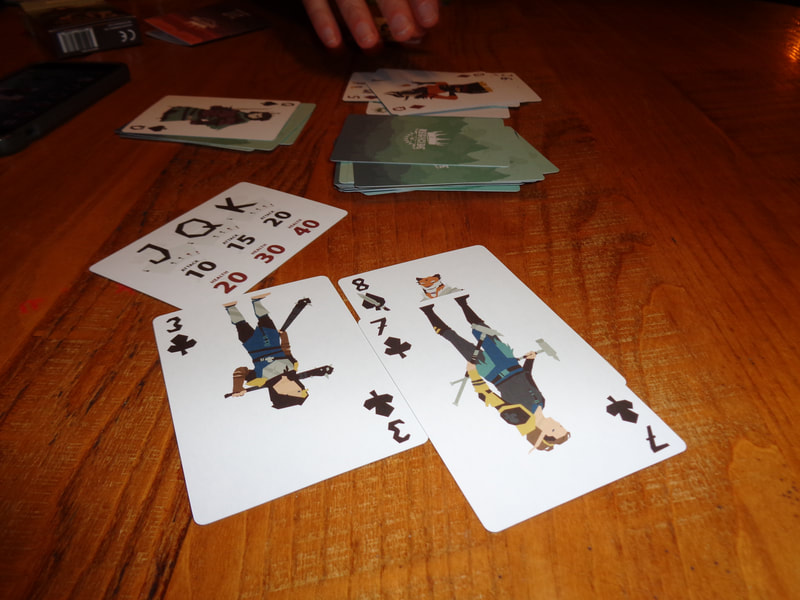
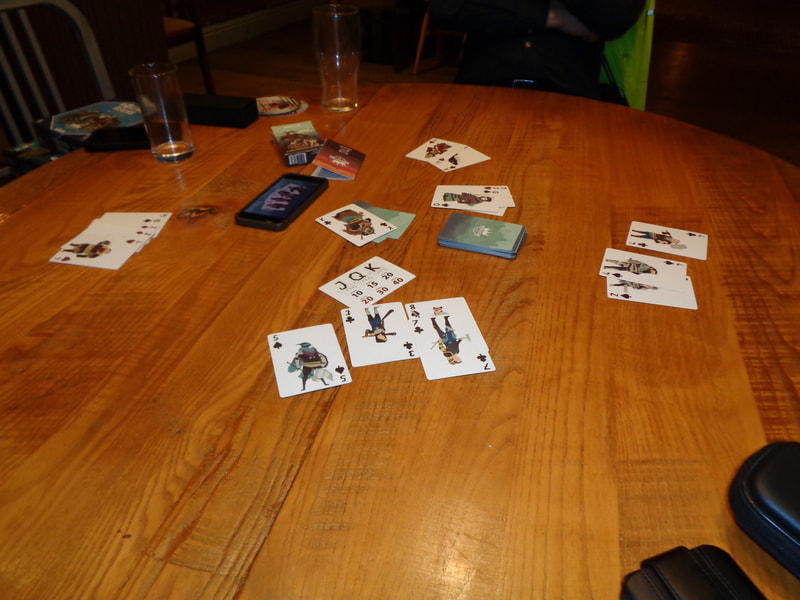
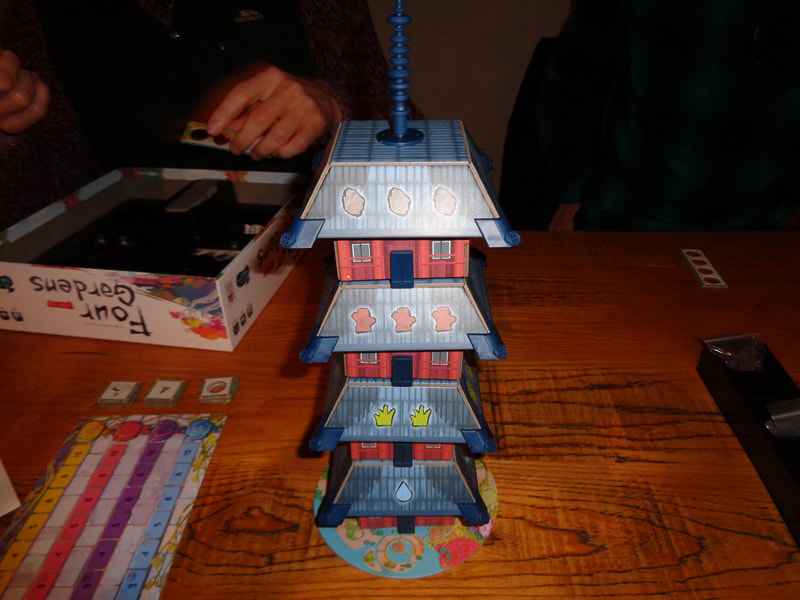
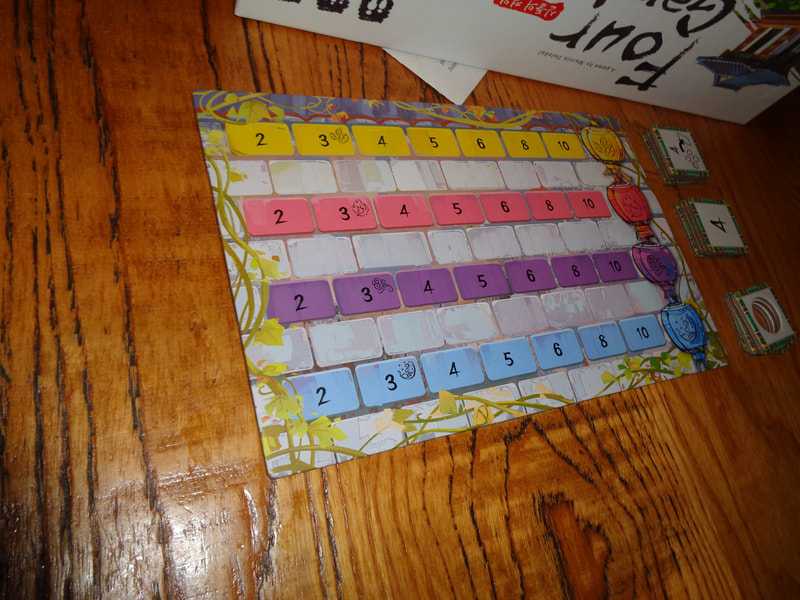
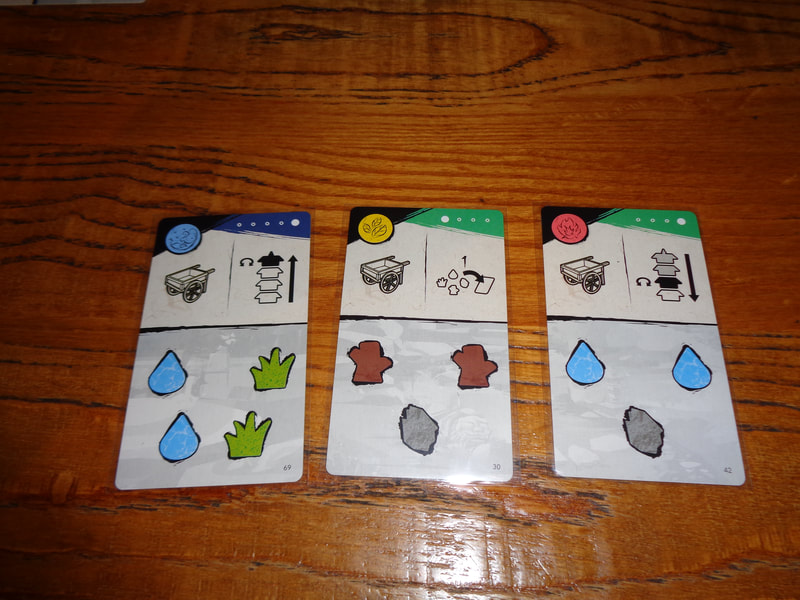

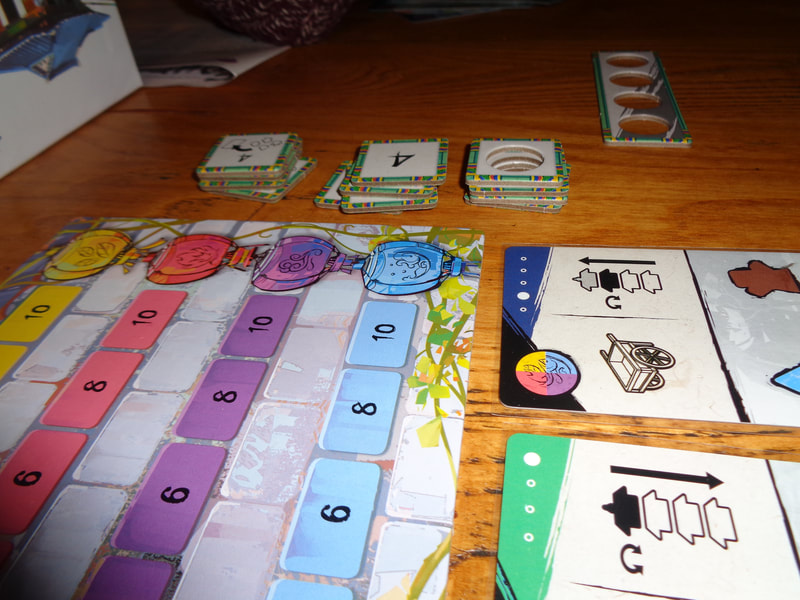
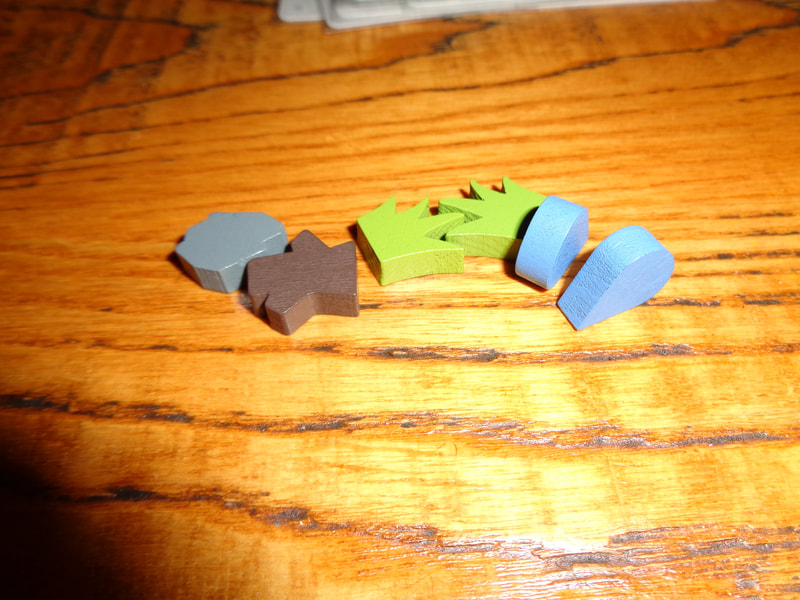
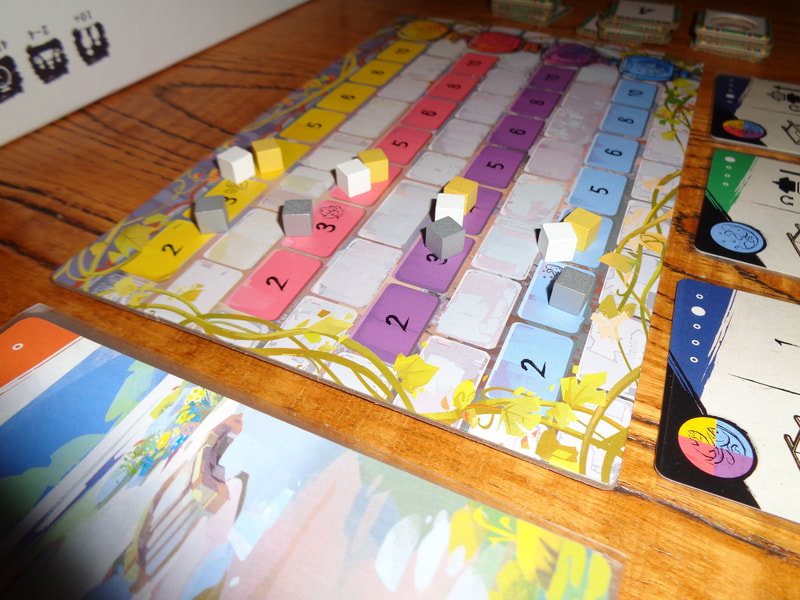


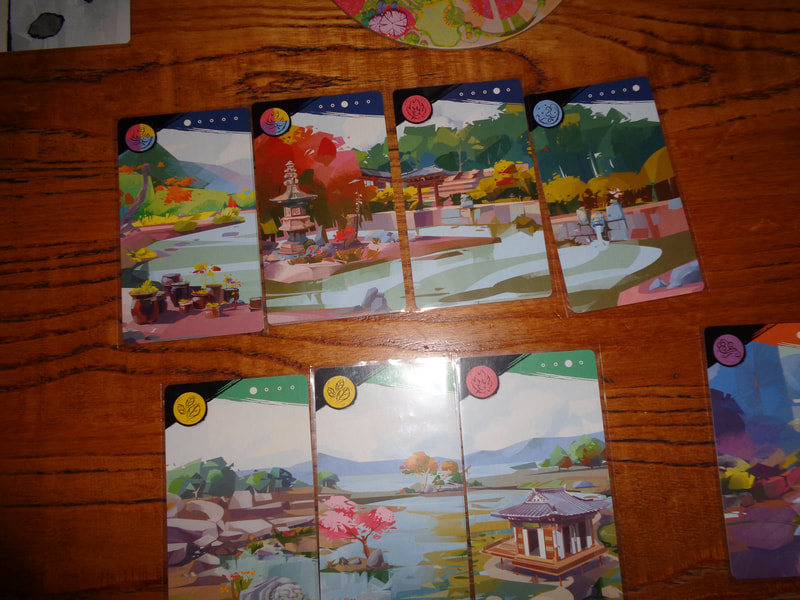
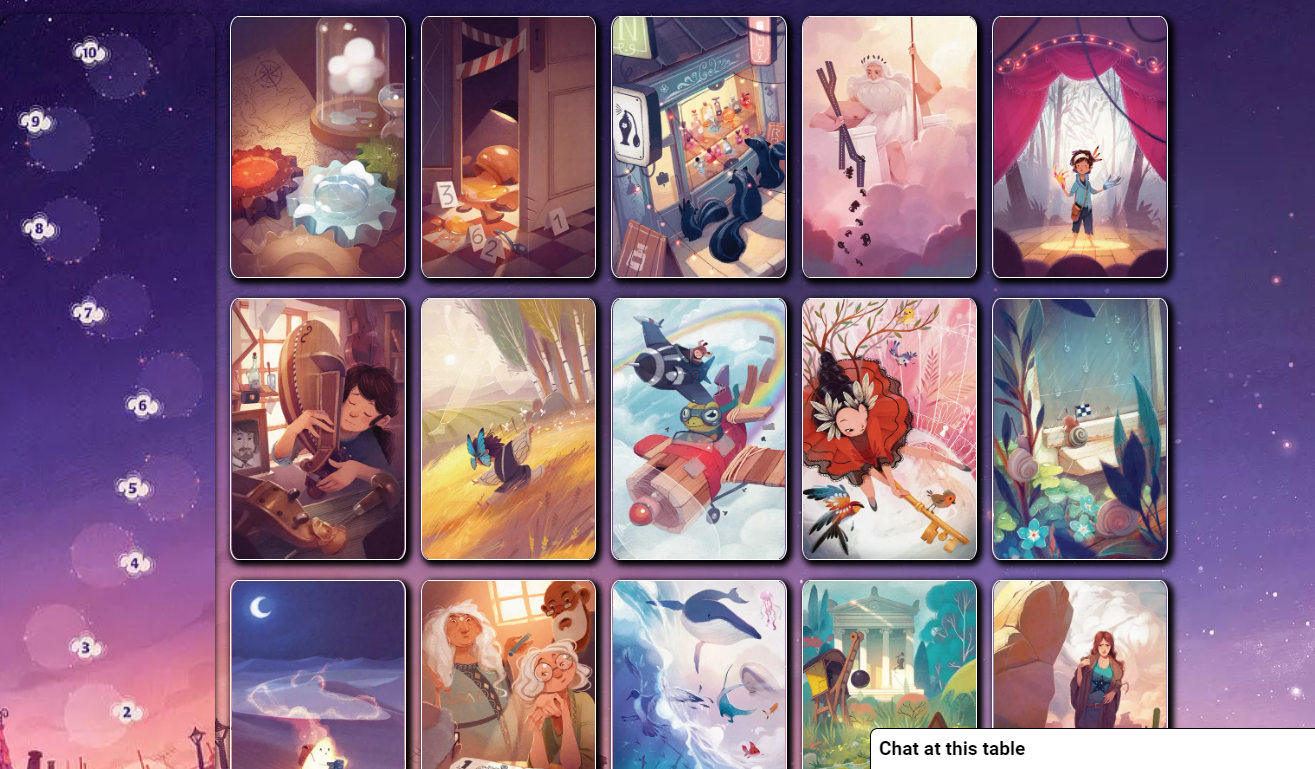

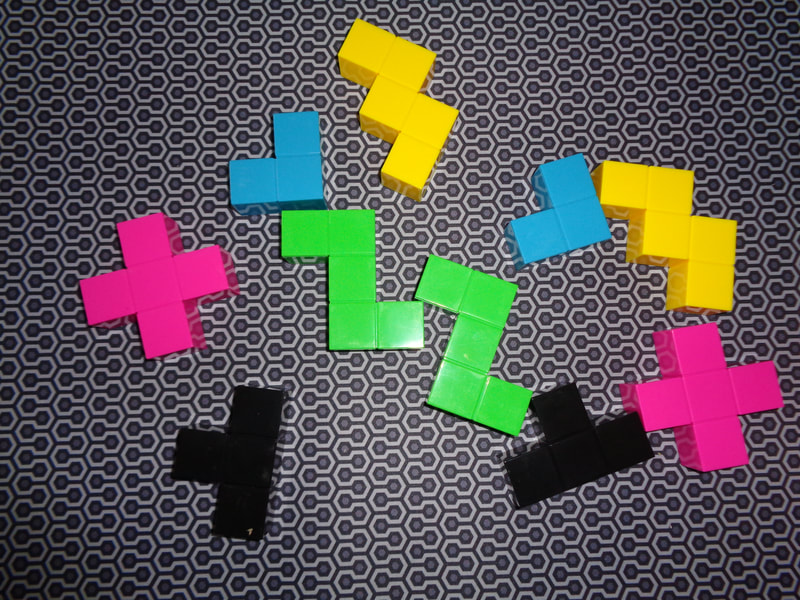
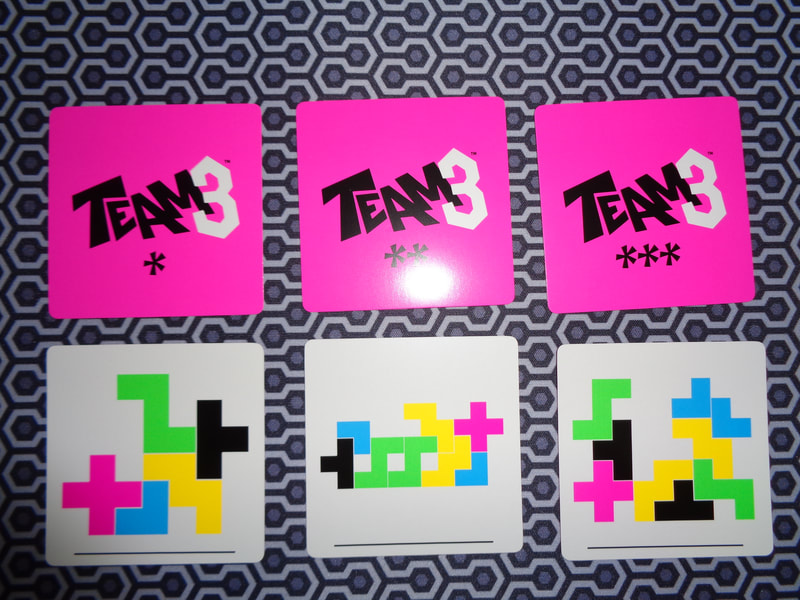
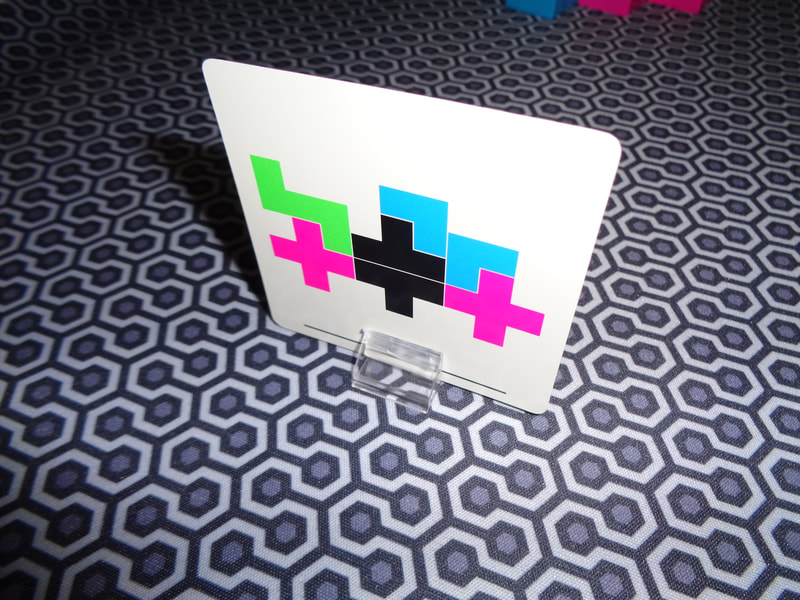
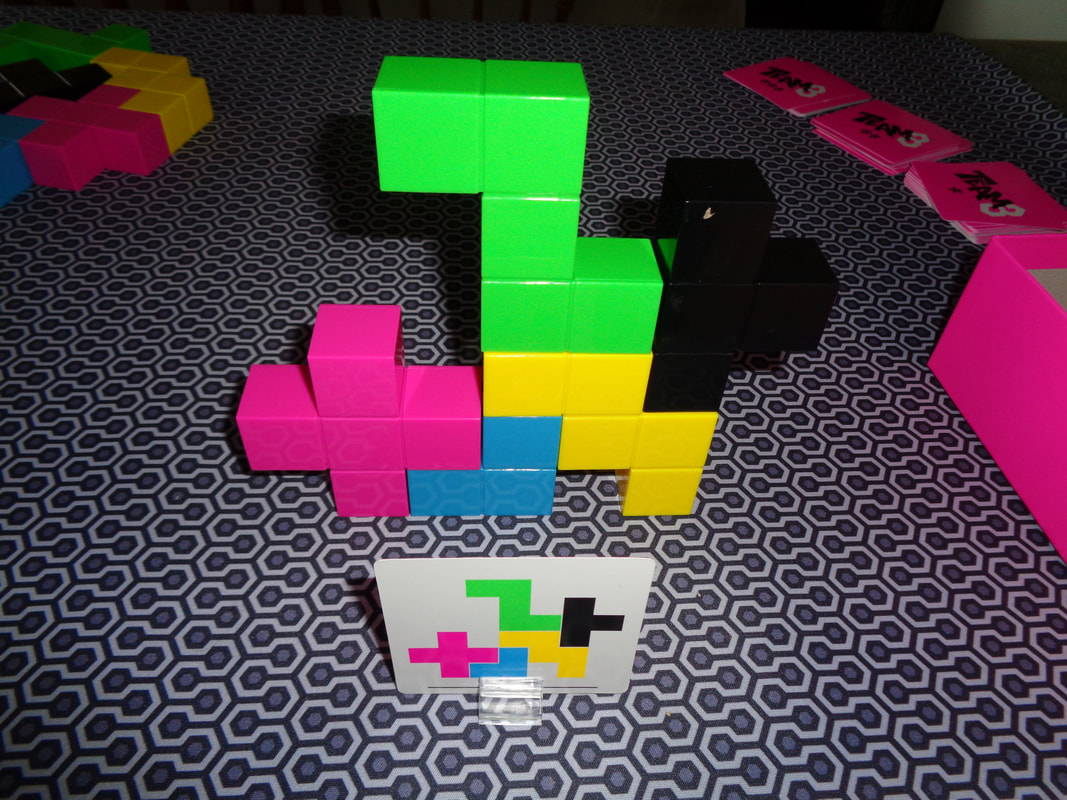
 RSS Feed
RSS Feed
